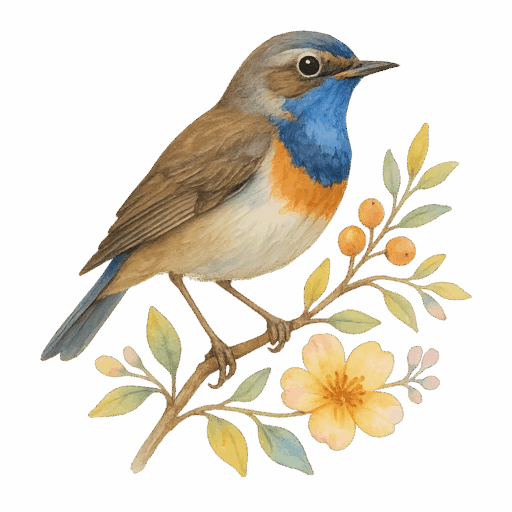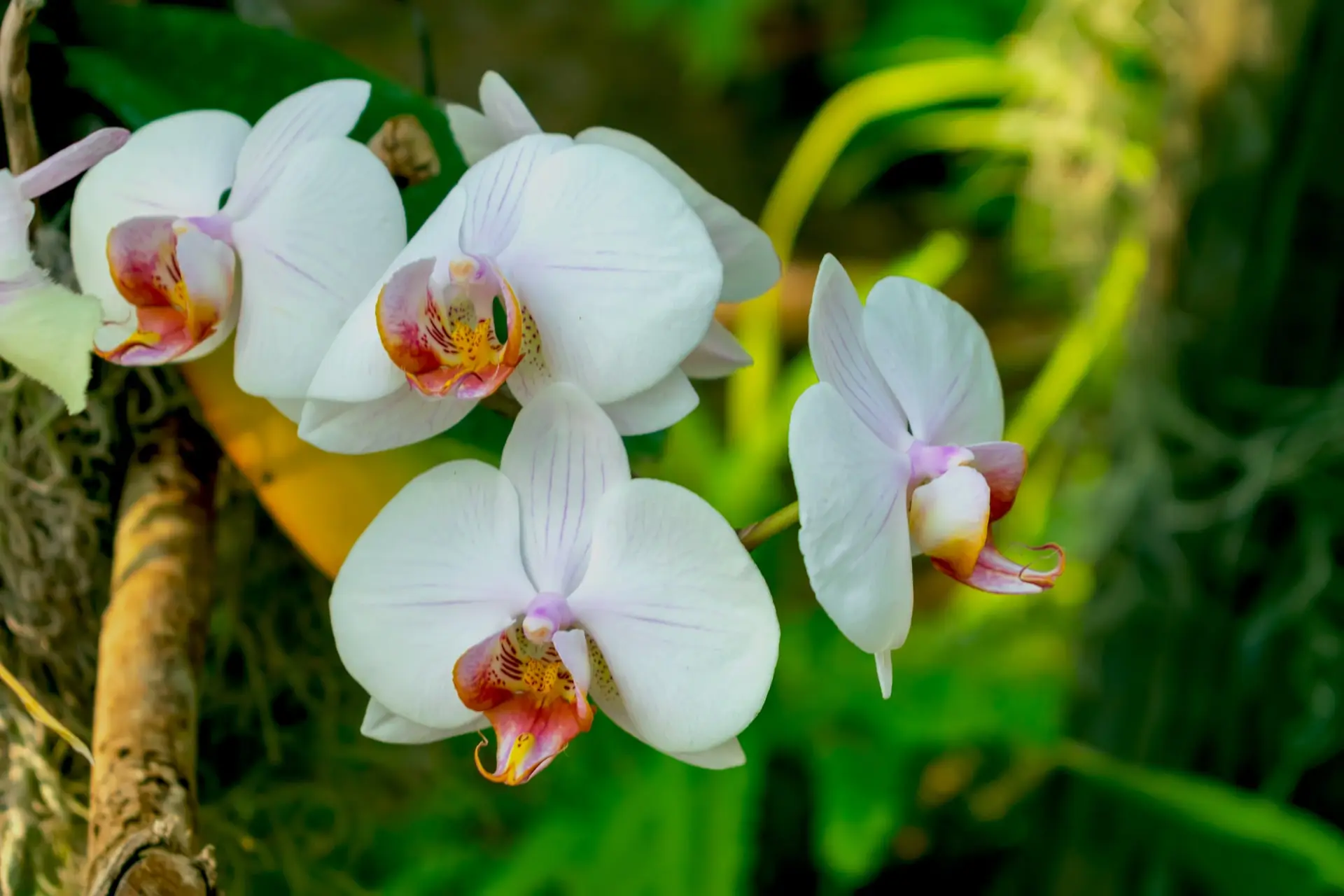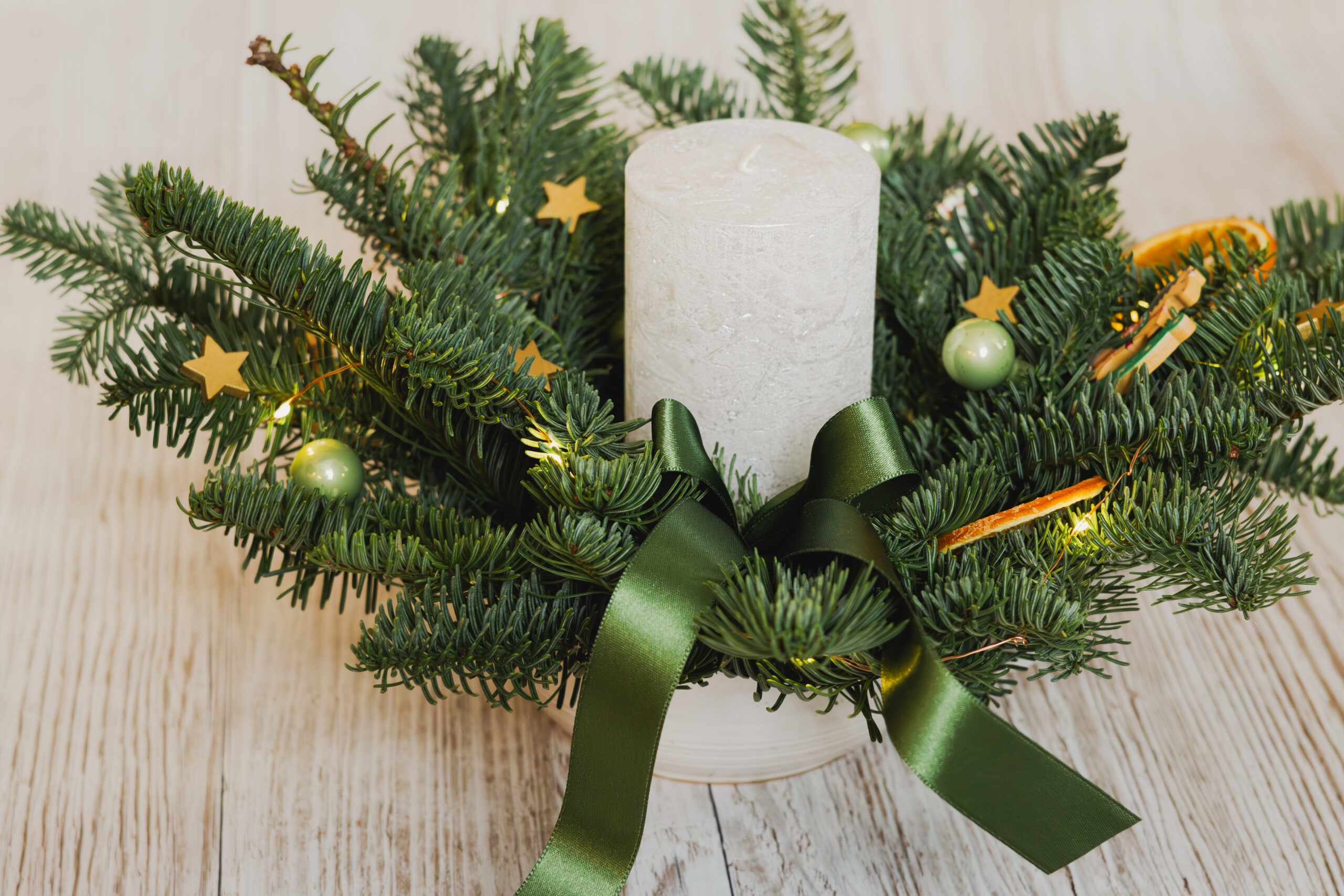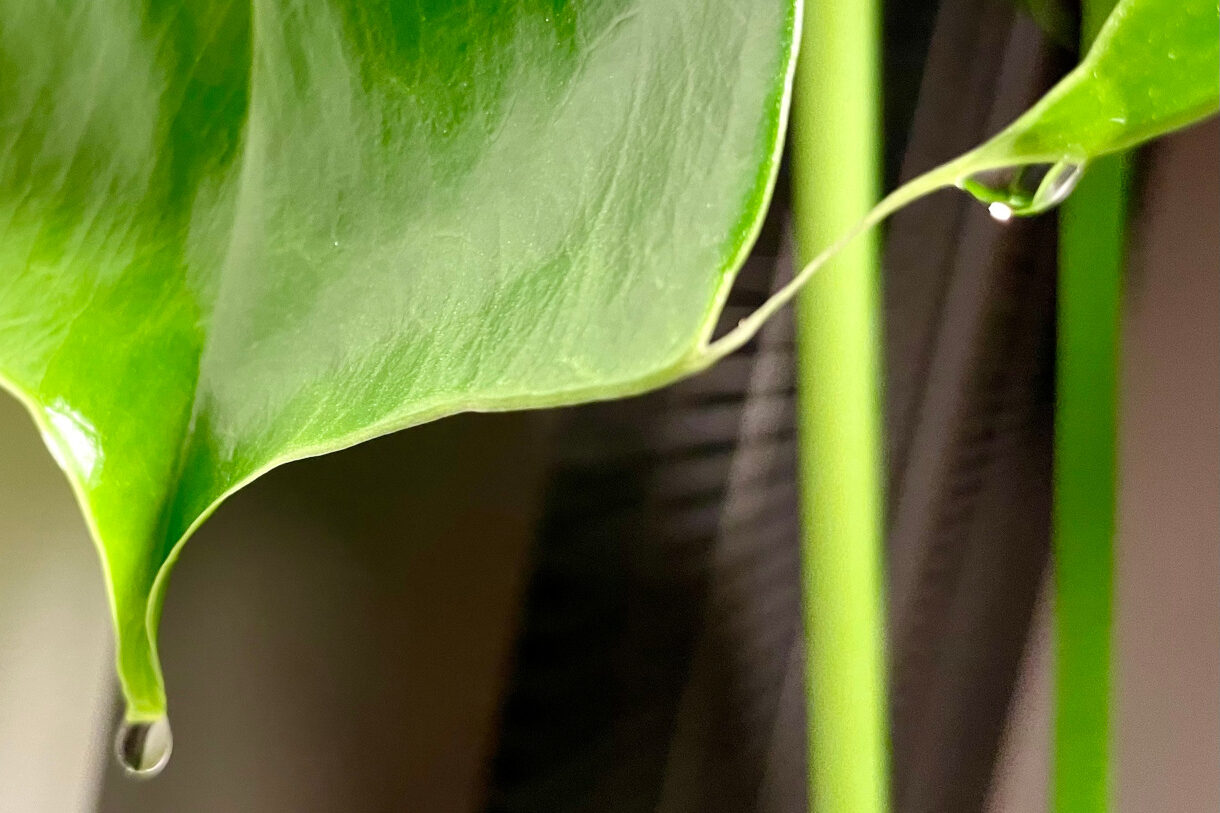
My monstera is weeping! Why are there droplets on the leaves?
As you already know from my previous article, I didn’t do anything special to my new monstera when I got it. But in the evening I noticed something strange. My monstera started shedding tears from its leaves! Is it sad already? Or is it sweating?
The newly acquired plant was satisfied in terms of water. So I just gave it a check like I do in case of any other new plant coming to my home and I found her a happy spot. Later that night more and more water-like droplets started to appear. For no obvious reason. I was really surprised by this mysterious plant behavior at first. You don’t have to.
In fact, I observed a phenomenon called guttation. Guttation is a natural process which a healthy plant uses to divert excess moisture. Not all plants guttate. Among the most guttating plants are monsteras, philodendrons, dieffenbachias, hibiscus (it usually happens between petiole and leaf blade), or alocasias.
Guttation – what is the mechanism?
Water and nutrients from the moist soil are transported through the root system up to above-ground parts of plant using the root pressure. Water solution of mineral substances is pushed up to the leaves. At the edges of the leaves there are hydathodes – pores allowing the plant to release any excess liquid water or solution. Here comes the guttation, appearing to us like small glittering droplets on the plant’s leaves.

The main water and nutrients transport tissue in a plant is called xylem (the woody part of the vascular bundles). The resulting liquid is called xylem sap. Guttation is a way for plants to restore balance between nutrients and water content. Here’s an interesting fact: guttating plants in nature attract bees, which like to drink the xylem sap. Gutta means a droplet in Latin.
Guttation usually takes place at night and early in the morning, when the air is moist and cool. There are also plants in nature using this plant bodily function. Especially strawberry plant, grasses and Lady’s mantle (Alchemilla vulgaris).
Transpiration
Guttation, the process of plants “crying” and getting rid of the moisture they don’t need is not the only way to do that. Another way is transpiration. Unlike guttation, in process of transpiration the moisture is released from a plant’s stomata in the form of water vapor. Stomata are tiny closable pore-like structures on the surfaces of leaves.
Hydathodes, the pores where the guttation droplets come out, are always open. Stomata for transpiration are however open only during the day. That’s why compared to guttation, the transpiration only takes place during the day and usually at higher temperatures. The best example is trees in the forests, as you can see in the the image below.
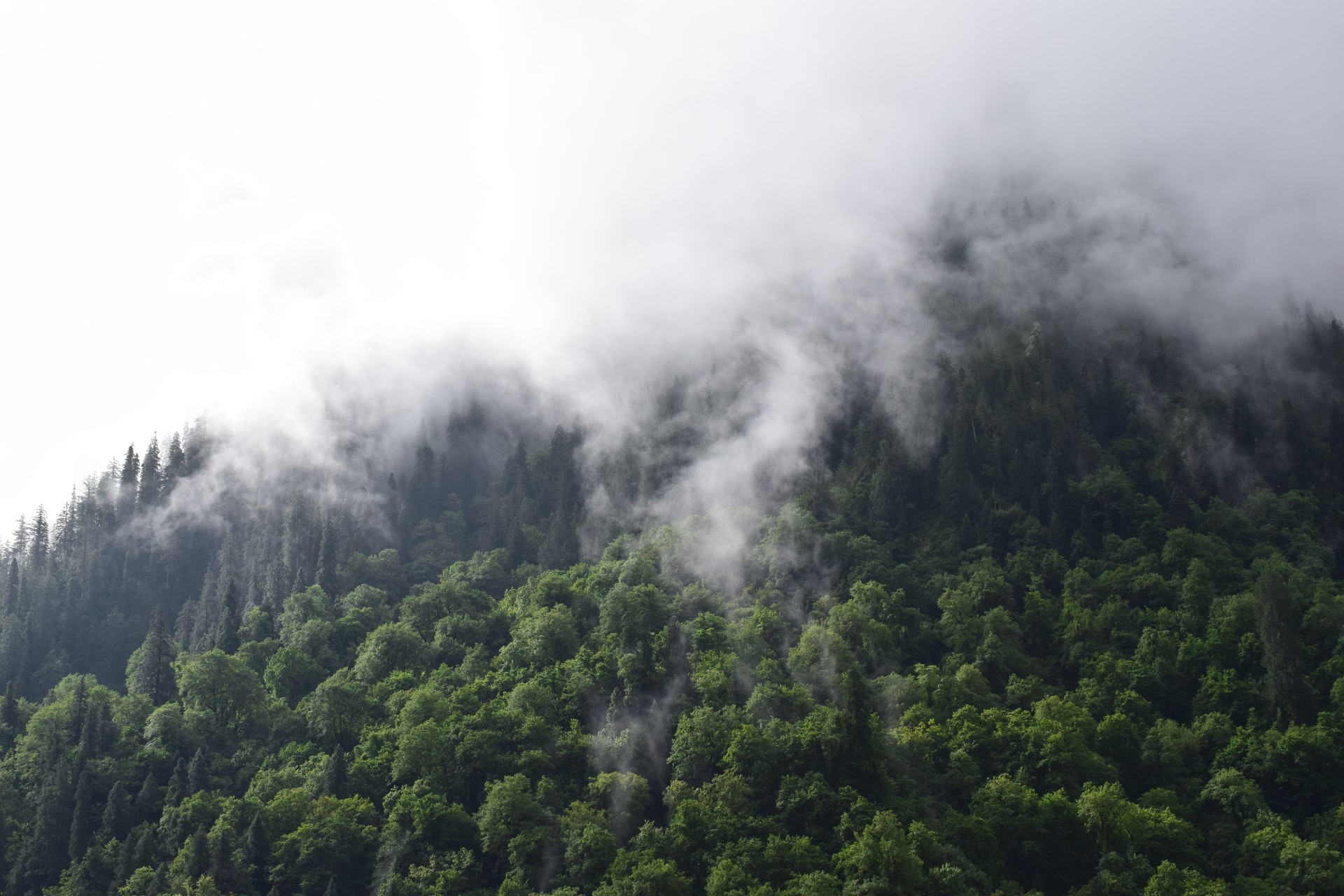
During transpiration, it’s just water vapor leaving the plant. Guttation droplets compared to it contain water and other substances. Another difference is that transpiration is a function used by all plants, whereas guttation is used just by some species. When plants perform transpiration, they cool themselves and the surrounding air.
Dew
Drops of water can emerge on a plant’s leaves also as dew. You can distinguish dew from guttation just by looking at it. Water droplets of dew are a result of condensation, the process where water vapor becomes liquid due to the temperature changes of the air. This concerns the entire plant, so the drops appear irregularly anywhere on the surface of the leaves. Guttation on the other hand appears just where hydathodes on the leaves are, that is along the edges and the tips of the leaves.
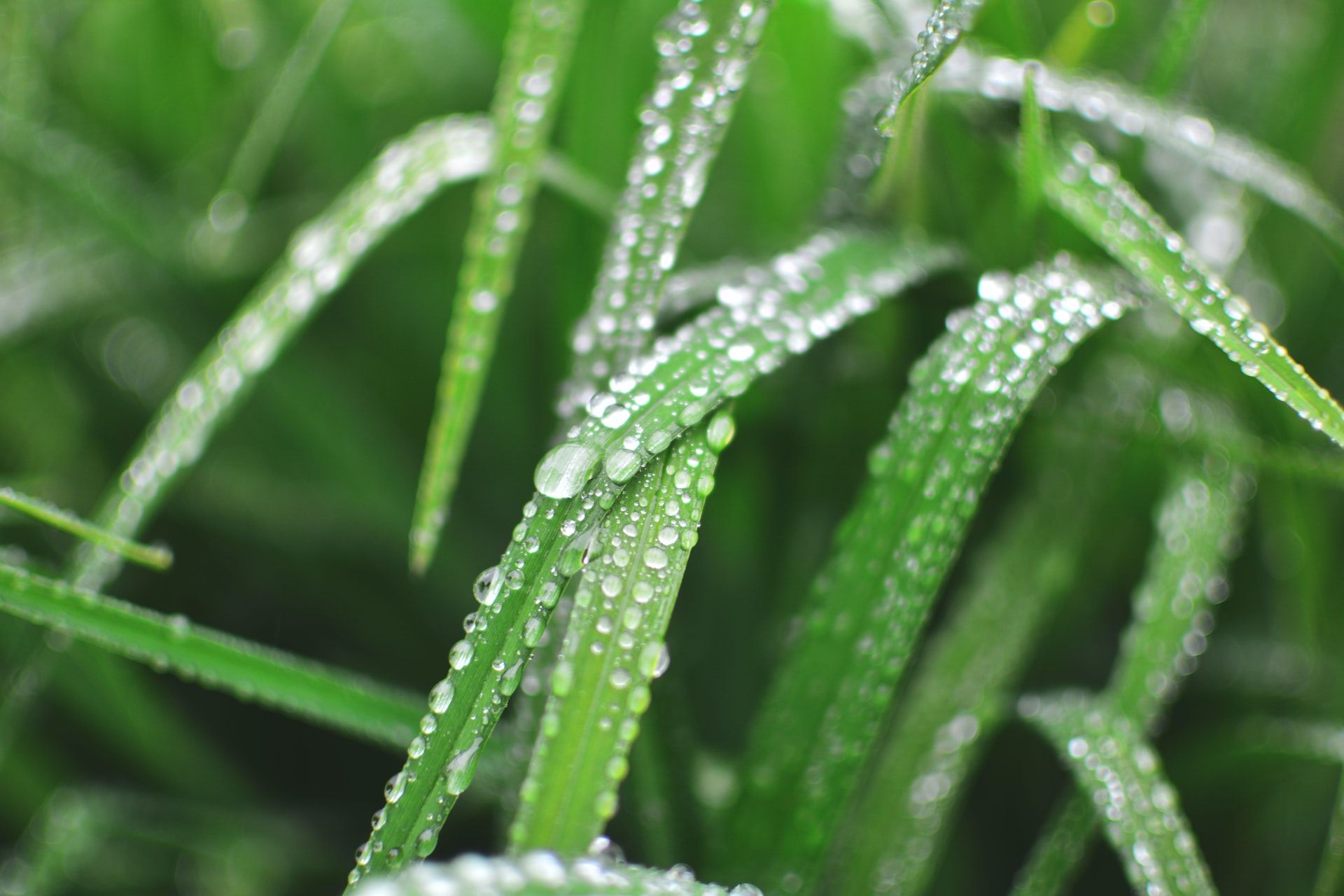
Dew usually doesn’t concern your house plants and happens mostly outside. Imagine morning dew on blades of grass. Dew is basically water sitting on the plant’s surface, created from liquefied water vapor in the air. Dew appears when a surface is way more cooler than surrounding air.
Honeydew
There could be another reason for visible droplets on your plant’s leaves. And the reason is pests. After their feast, pests can leave clear sticky substance behind them. Whereas guttation, transpiration and dew are natural processes and mean no danger to your plants, the case of honeydew (despite cute naming) on your houseplants is the exact opposite: you must act immediately.
Honeydew itself does not harm your plants, but insects that excrete it do. If you notice tiny sticky droplets in different places on your plant, on the back of the leaves even, or on the stems, you should be alert to a potential enemy.
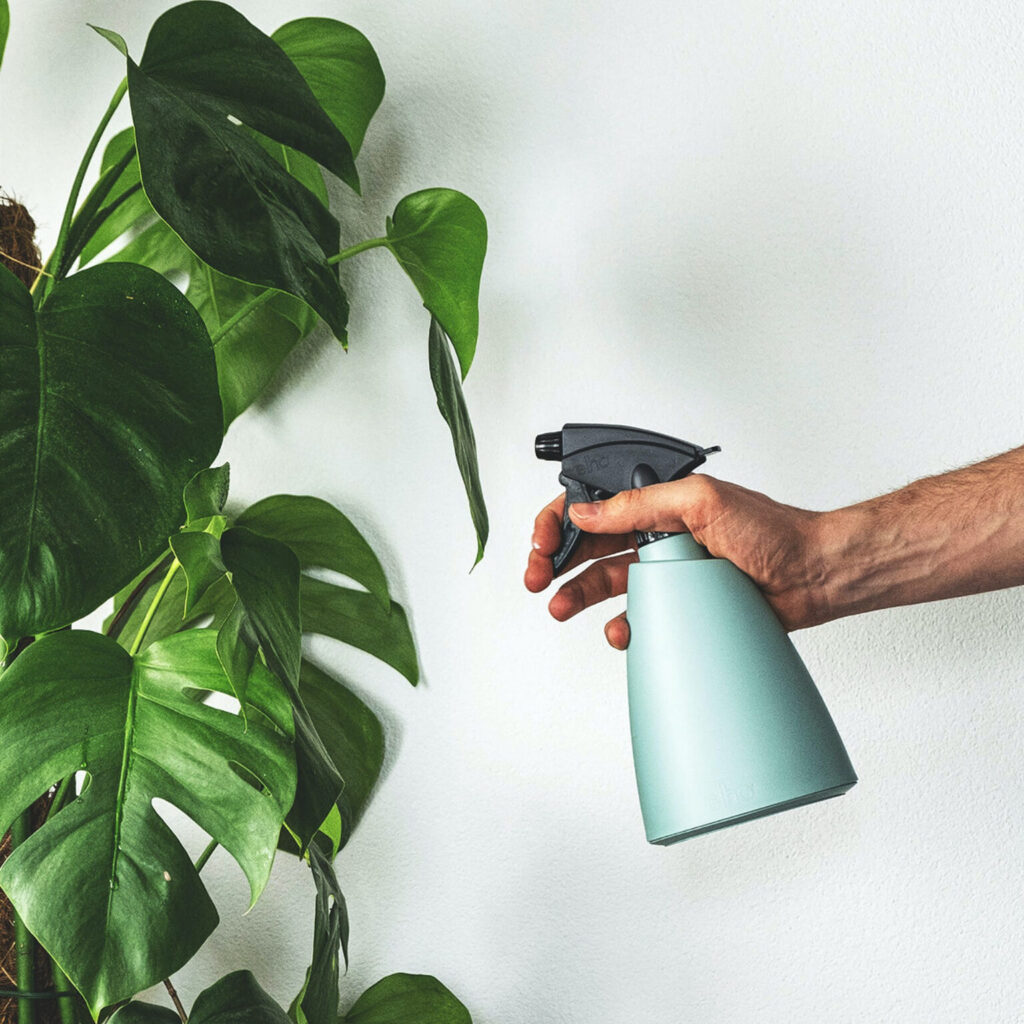
Common plant-sucking pests are mealybugs, spider mites, thrips or scale. They actually suck the life out of your plants. The insects feed on the plant, process it and then excrete honeydew as a waste material from their bodies, hence the suspicious sticky substance on a plant.
The basic rule for healthy houseplants is regular, consistent care and keeping the leaves clean. The key is also knowledge and experience. Different houseplants have slightly different needs, so it’s also essential to know these care requirements for each and every plant in order for them to thrive. Note that pests tend towards a already weak, neglected plant rather than a strong and healthy one.
In case of spotting honeydew on your plant, check it carefully for pests. If you find any bugs, wash them off the plant with water and then spray all plant’s surfaces with insecticidal solution of your choice. Repeat the process once every few days until needed.
Guttation – FAQ
1. Is it good or bad for your plant?
Guttation is a natural biological process, usually just indicating a proper function of your plant’s transport system that distributes water and nutrients throughout the entire plant. If your plant does not show any other problems and guttation happens just now and then, there’s no need to worry.
2. When is guttation a problem?
Sometimes, guttation can by a tell-tale sign that we need to adjust something in plant care. Especially when guttation occurs very often, it can indicate excess moisture from overwatering. Constant guttation may also be a sign of excessive fertilization. In other words, a plant is getting more water and nutrients than it needs.
3. Can guttation be harmful to my plant?
In general, no. The exception is some geranium varieties. They can sometimes be so eager to guttate that the process injures their leave cells which leads to oedema. Oedema develops when roots take up water so fast that it can’t be used by the plant or transpired through its leaves. Oedema is not serious either, it’s just some sort of plant scar.
4. Does it leave stains on my furniture?
There’s usually not a large amount of guttation liquid. After a droplet dries, it can leave behind a slight whitish residue (due to the minerals it contains). Just gently wipe it off with a slightly moist cloth.
5. Is the guttation liquid poisonous? What does it contain?
I definitely don’t recommend licking it, but the liquid itself shouldn’t be poisonous. That’s what plant biology says. Plant poisons are not very soluble in water. Guttation liquid on the other hand may contain dissolved salt ions, phytohormones (plant growth regulators) which are all normally carried around the plant through xylem.
6. Is there a way to prevent guttation?
This shouldn’t be needed. But if you want, then actually yes. When you water your plants early in the morning, the plants will have time to process the water during the whole day (we already know that transpiration also occurs during the day), so there’s a much smaller chance your plant will start guttating in the night.
I wish you all happy monsteras shedding only the tears of joy. :o)
-Miss Amaryllis-
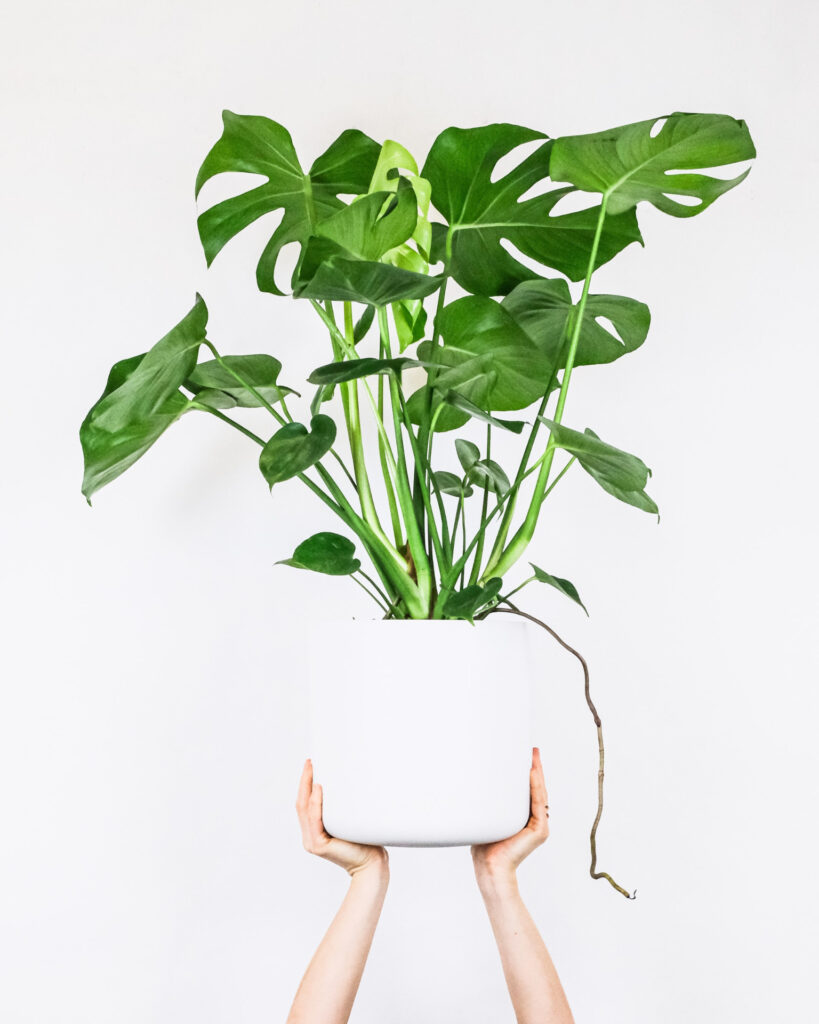
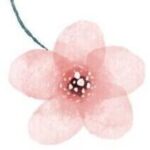
Have you seen a plant ‘cry’? 🪴🥹
